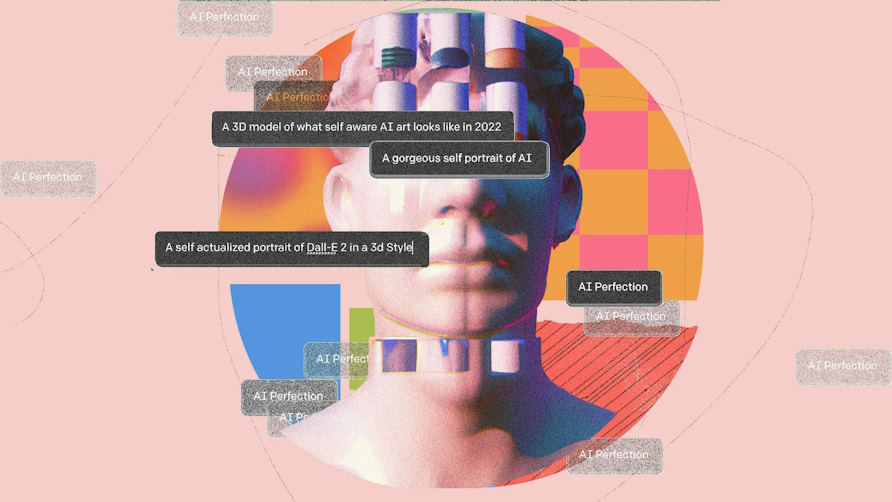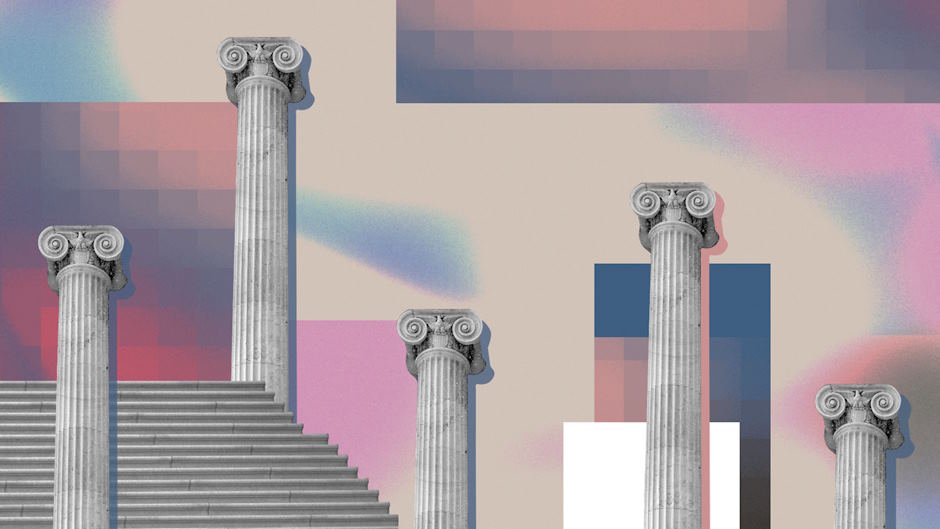
Artificial Intelligence (AI) is transforming numerous industries, and the art market is no exception. The introduction of AI art rating systems has revolutionized the art market landscape, influencing everything from pricing to artists’ creative processes. This article explores how AI art ratings are reshaping market dynamics and how artists are responding to these changes.
AI Art Ratings Revolutionize the Art Market Landscape
AI art rating systems utilize advanced algorithms to evaluate artworks based on various criteria, such as originality, composition, and market trends. These systems have several impacts:
- Objective Evaluation: AI provides a more standardized and objective method for assessing art, reducing the subjectivity inherent in human evaluations.
- Market Transparency: By offering clear and data-driven evaluations, AI ratings increase transparency in the art market, making it easier for buyers and sellers to understand an artwork’s value.
- Efficient Pricing: AI can analyze vast amounts of data to suggest appropriate pricing, helping to prevent overvaluation or undervaluation of artworks.
Exploring AI’s Influence on Art Market Dynamics
AI’s influence on the art market is multifaceted, affecting various stakeholders and processes:
- Buyers and Collectors: AI ratings assist buyers in making informed decisions by providing insights into an artwork’s potential future value and authenticity.
- Galleries and Auction Houses: These entities use AI to streamline their operations, from cataloging art to predicting auction outcomes and setting reserve prices.
- Market Accessibility: AI democratizes the art market by making information readily available, thus attracting new buyers and increasing market participation.
Artists Respond to AI Art Rating Systems
Artists’ responses to AI art rating systems are varied, reflecting a mix of skepticism and adaptation:
- Embracing Technology: Some artists view AI as a tool to enhance their creative process, using AI-generated feedback to improve their work.
- Skepticism and Resistance: Others are wary of AI’s role in art, fearing that they may undervalue the subjective and emotional aspects of their creations.
- Collaboration: A growing number of artists are collaborating with AI, creating hybrid works that blend human creativity with machine precision.
Potential Benefits and Challenges
AI art ratings come with both benefits and challenges that need careful consideration:
Benefits:
- Consistency and Fairness: AI ratings can mitigate biases, offering a more consistent and fair evaluation process.
- Innovation Encouragement: By highlighting innovative works, AI can drive artists towards more creative and groundbreaking endeavors.
Challenges:
- Over-Reliance on Technology: There is a risk of the art market becoming overly dependent on AI, potentially stifling the subjective appreciation of art.
- Data Privacy Concerns: The collection and use of data for AI evaluations raise privacy issues that need to be addressed.
The advent of AI art rating systems is undoubtedly reshaping the art market. While these systems offer numerous advantages, such as increased transparency and efficient pricing, they also pose challenges that need to be navigated carefully. Artists are responding in diverse ways, from embracing and leveraging AI technology to expressing skepticism about its implications. As AI continues to evolve, its role in the art market will likely expand, further transforming the dynamics of how art is created, valued, and traded.
AI’s influence on the art market highlights a broader trend of technology integrating with creative industries. The future will reveal how well these two realms can harmonize to foster innovation while preserving the intrinsic value of human artistic expression.






